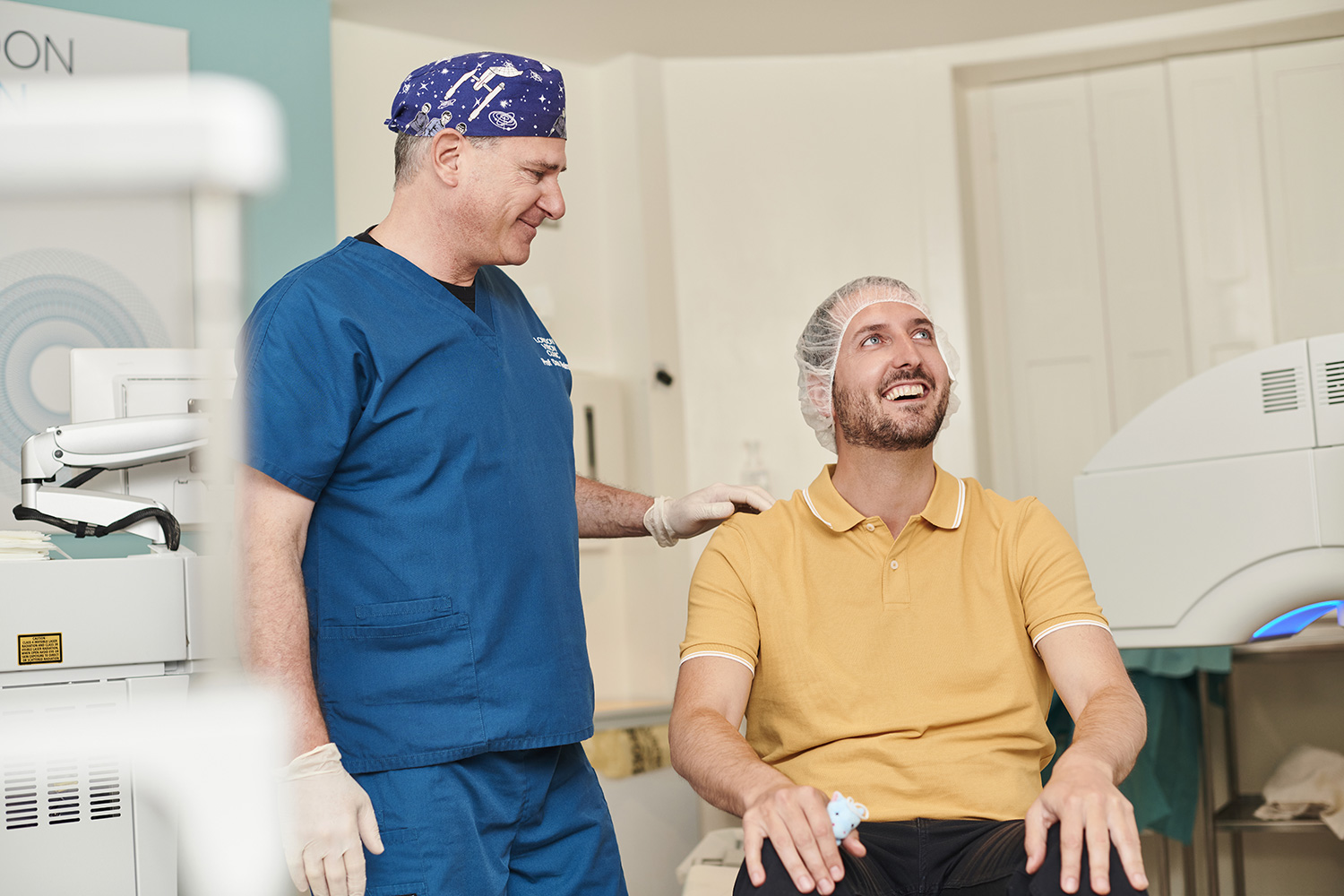Understanding Visual Acuity
In the world of vision correction, whether you wear glasses or contact lenses, or are interested in Laser Eye Surgery, the term ‘visual acuity’ is batted around a lot. This is essentially the standard measure of a person’s quality of vision, or how well they see.
To measure your visual acuity, your optometrist will test your central vision. This includes your ability to distinguish the details and shapes of objects at a certain distance.
This is most commonly done using a Snellen Test – a chart featuring letters of different sizes, getting progressively smaller on each line. The chart is placed at a distance of 20 feet (or 6 metres). The patient is then asked to read the letters on each line of the eye chart.
What does 20/20 mean?
One of the lower lines of the chart is known as the ’20/20′ line. People who can read this line are considered to have ‘normal’ visual acuity; this simply means that you can see what a person with normal visual acuity can see at a distance of 20 feet.
Three lines above the 20/20 line is the 20/40 line. The letters on this line are twice the size of those on the 20/20 line. Those with 20/20 vision would therefore be able to read the letters on this line at a distance of 40 feet.
If you cannot read the letters beyond this line, you would have a visual acuity of 20/40, meaning you can read at 20 feet what a person with visual acuity could read at 40 feet.
But it is possible to see better than the norm – better than 20/20
There are also lines beyond the 20/20 line. For example, some people may be able to distinguish letters on the 20/16 line. This means they have a visual acuity of 20/16 (they can read at 16 feet letters that people with normal vision can read at 20 feet).
At the other end of the spectrum, the largest letter, located at the top of the eye chart, is the 20/200 line. Many people believe that they have “bad vision” because they “can’t even read the E at the top of the chart without glasses.”
However, visual acuity tests measure not only a person’s uncorrected vision (without glasses or contact lenses) but also their best-corrected vision. Many people with myopia (short-sightedness) who are unable to read even the largest letters on the chart without glasses can reach the 20/20 line when wearing their visual aids.
In fact, in most cases where visual acuity is mentioned, it refers to best-corrected visual acuity. For example, in the UK, the legal driving standard is 20/40; this means that a person is considered safe to drive if they have a best-corrected visual acuity of 20/40 or better – with glasses or contact lenses.
In most cases, Laser Eye Surgery aims to correct your visual acuity to the same level as achieved with glasses and contact lenses. Occasionally, patients will achieve even better results.
